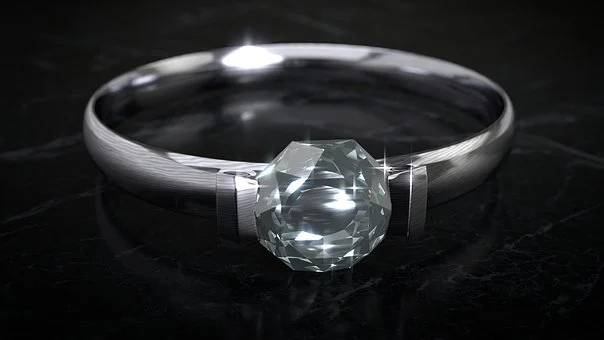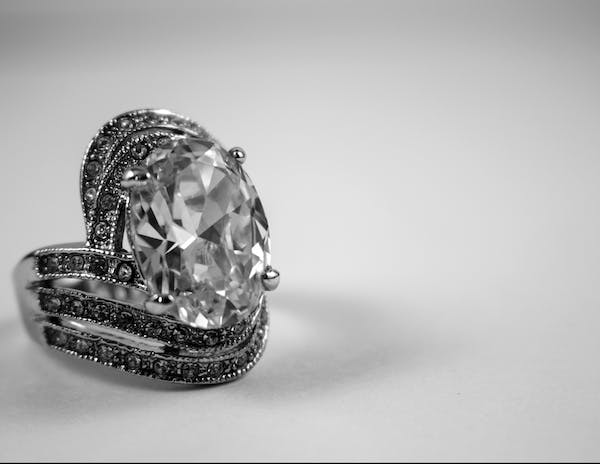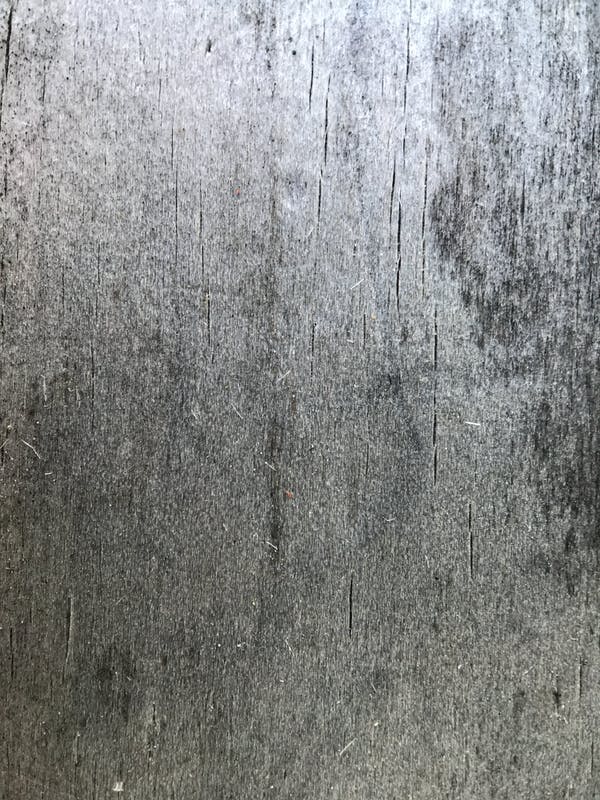Platinum is an extremely rare precious metal. It normally contains 95% platinum and 5% alloys, or other metals. It is a thick, malleable silver-white metal that is marked as platinum 950 and is perfect for making jewelry.
Every metal in the world will tarnish and chip over time. No metal is scratch-proof, not even the best platinum or the finest steel. The harder substance will always dominate in the collision between two materials. Platinum is incredibly hard. When something is scratched, the scratch shifts the metal, forming ridges along the edges.
Consumers seem to mistakenly associate durability with scratch resistance, and when Platinum jewelry gets scratched and starts to look worn, they become upset. There is a significant distinction between scratch resistance and durability. However, platinum loses its value far more slowly after being scratched than a majority of precious metals. If you want to avoid scratches, then you may just keep the ring, for instance, in the box, which is of course a ridiculous idea.
Caring for Platinum Rings
Platinum jewelry cannot be protected against scratches. Thus, most of the jewelry exhibits minor scratches right away. The material will inevitably display wear and tear indications. A ring’s brand-new appearance is contrasted by little wear and scratches and the ring’s surface will gradually begin to show wear over time.
Fortunately, there are several products and methods available to safeguard platinum and make your jewelry shine without harming the priceless stones and settings. With this, you can make your jewelry dazzle and be confident that your priceless platinum is in excellent condition.
Ways to Reduce Scratching in Platinum Rings
Using Jewelry Cleaner Solutions
Mostly, if you wear your platinum ring every day, daily exposure to soap and water, hand lotions, and other elements wear down your jewelry over time. It is recommended to frequently clean your jewelry using cleaning solutions together with natural, lint-free cloths rather than paper towels to avoid rather more scratches on the ring’s surface. These solutions provide outstanding results on a variety of surfaces, including gold, silver, titanium, platinum, stainless steel, and plated metals. While these products keep your jewelry clean, you may also get to enjoy the same stylish, beautiful appearance of your jewelry without worrying about scratches because this coating is entirely transparent.
Using Protective Coating
There are protective coatings made especially for metals. This formulation is like the clear coating applied over the paint layers on autos only that they are designed for jewelry use and sensitive skin. It only takes one even application of this mixture to keep your jewelry protected from scratches, although it does rub off over time. This formula is meant to stay longer without chipping. They are nearly invisible when applied, have a long lifespan, and never fade or yellow. Most importantly, they lessen scratching on the surface of the jewelry. They also help in protecting the platinum ring’s natural luster from fading or wearing off.
Rhodium Plating
Rhodium plating can do wonders for preventing and reducing scratches on your platinum rings. For white gold, silver, and platinum rings, rhodium plating increases resistance to surface scratches and improves the surface roughness of rings. Rhodium-plated platinum rings won’t change color when the rhodium fades; instead, they’ll only lose some of their shine and reflectivity. However, rhodium plating is not a permanent coating and will eventually fade. The amount of use and original plating thickness affect how long a piece of jewelry will last while being worn. The rhodium plating on earrings and necklaces might never come off, however, the rhodium plating on daily worn rings might only last a year or two. It largely depends on how frequently your ring is worn. Rhodium plating will most certainly start to wear off in 3–4 months if you wear your ring every day, use your hands frequently, and wear it to bed.
Polishing Your Platinum Ring
To reduce scratches on the jewelry’s surface and to obtain its ultimate mirror-like shine, most professional jewelers employ a specialized finisher on our beloved jewelry pieces. A tiny piece of metal is removed to eliminate the scratches each time the ring is polished. Platinum will never lose its pure, bright white tone but if you would like, your jeweler can polish your platinum ring back to a brilliant shine. Visit your jeweler occasionally to restore the ring’s “recently bought” radiance.
Conclusion
Typically, platinum rings are dazzling on their own. Despite being made of exceptionally durable metal, they are nonetheless susceptible to scratches over time. You can coat your jewelry in jewelry cleaner solutions and other protective coatings available to prevent scratching, and you can also go to the jeweler on occasion to have your platinum ring polished to restore its bright luster and minimize scratching. Rhodium plating can work wonders to give your ring a bright sheen and minimize surface scratches, preserving the original brilliance of your platinum band.







